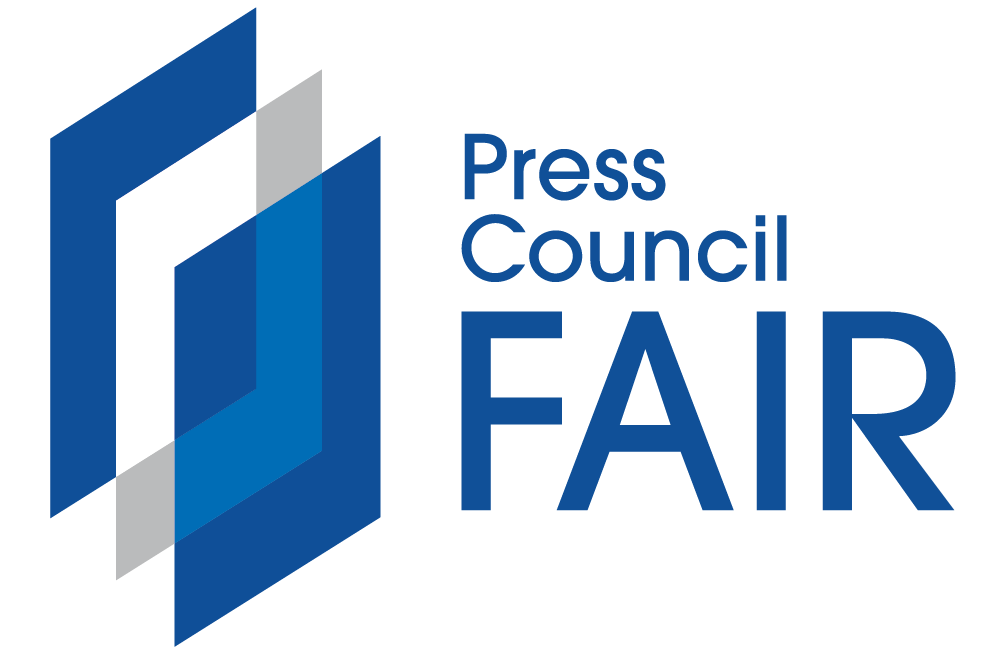SUMMARY
This ruling by Deputy Press Ombud Johan Retief was based on the Press Code that was in effect before 30 September 2022.
Ms Kruger complained about that pictures that were shocking and graphic.
Retief dismissed the complaint, mainly because the:
- pictures all portrayed the brutality of the crimes – a reality that our country should know about;
- front-page picture of a dead person, with lots of blood, was shocking – however, except for the forearm and hand, the rest of the body could not be seen (the body was still in the car);
- picture of an elderly woman who had clearly been severely beaten-up did not ignore her dignity – on the contrary, the picture rather roused up sympathy with her; and
- picture of the young man was quite gruesome, with all the blood streaming down his face onto his naked torso – however, this man was alive.
THE RULING ITSELF
Dear Ms Kruger
I have studied the pictures that you complain about (in the Zululand Observer), with the stories that go with them.
While I appreciate your concern, I am dismissing your complaint.
This is why: Dear Prof Motala
Your complaint against Sunday Times (“When our leader sneezes, the media much catch a wake-up”, by Fred Khumalo) refers.
Your main complaint is that the column is racist and stereotyping of Indians.
The following considerations should be taken into account:
- Type of literature
The whole piece is satirical – Khumalo is making fun of some stupid things humans do, like asking why did the president sneeze, did he use a handkerchief, what was the colour of the handkerchief? The piece is also tongue-in-the cheek, searching for some humour.
- Type of journalism
This is a column, where journalists enjoy freedom to voice their views.
- Responsiblilty
You are correct in that the above-mentioned freedom should be exercised with responsibility, meaning that it should happen within the boundaries set by the Constitution.
- Racism
I agree that South Africans should be sensitive to racial profiling, as you say in your complaint.
Racism, as I understand it, has mainly to do with the prejudiced belief that one group is superior to the other, as well as discriminatory or abusive behavior or language towards members of another race.
I do not believe that the column is racist as it does not proclaim a belief that Indians as a group are inferior (or superior) and it also does not use discriminatory language towards “Indians”. Khumalo writes: “If I were to be approached by a Gupta, I would take the offer with alacrity.” This is not racist talk, surely.
- Stereotyping
Stereotyping is indeed dangerous, as it takes away individual merit and wrongly attributes things to individuals.
Khumalo did not do this. Consider the following sentence: “However, let me point out that you should also be careful what kind of Indians you are associating yourself with.” This sentence suggests that not all Indians are the same – the opposite of stereotyping.
- In a bad light
If some Indians were put in a bad light, it cannot be ascribed to racism or stereotyping. There are bad people in every group/race.
Joe Thloloe, the Press Ombudsman, and I have therefore decided to dismiss your complaint.
You can ask for leave to appeal. Write to Judge Ralph Zulman, fully setting out your reasons. He can be reached at
[email protected]Regards
Johan
- Not only does our country suffer under a high crime rate, but the brutality and cruelty that accompany many of these crimes are shocking. These pictures all portray the brutality of the crimes – a reality that our country should know about.
- I agree that the front page picture on February 4 is shocking; I realize that the person was dead; and I know that quite a lot of blood is visible. I also can well imagine that children who have witnessed this crime may have been traumatized by the publication of this picture. However, except for the fore-arm and hand the part of the body that may have been visible (the body is still in the car) is covered up.
- The elderly woman in the picture published on February 7 was clearly severely beaten-up. However, I do not think that the publication of this picture has ignored the woman’s dignity (as you say). On the contrary, this picture rather rouses up sympathy with her. She is also fully clothed. As far as her privacy is concerned, I should point out that the picture was taken in public.
- The picture of the young man is quite gruesome, with all the blood streaming down his face onto his naked torso. However, this man is alive.
I therefore think that the newspaper:
* did exercise due care and responsibility with regard to the presentation of brutality, violence and atrocities (Art. 8 of the Press Code); and
* did not breach Art. 1.10 of the Code.
Having said this, I do want to encourage you to continue scrutinizing newspapers. Our country indeed needs concerned citizens like you.
Kind regards
Johan


